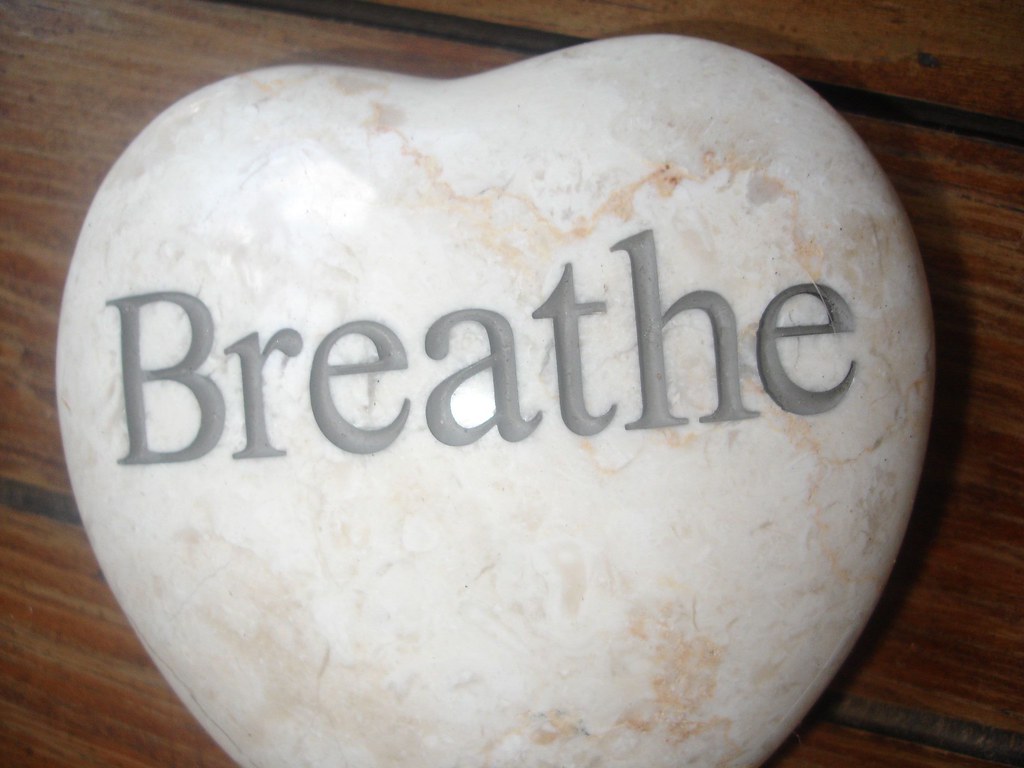
29 Dec Free Performance Training: Breathe Through Your Nose
You heard me right.
This entire blog is on nasal breathing.
I know, I know. It’s not as exciting as my previous pieces comparing sport specialization to Game of Thrones, nor is it as captivating as comparing performance training to a five course meal at a Michelin Star restaurant.
With that said, I’ll try to make nasal breathing as exuberant as possible, so here we go: it’s FREE.
Ah, I could end the blog right here and drop the mic, but it being free isn’t the most exciting part. Rather, it’s the incredible amount of benefits from this free component of performance training.
Humans take about 20,000 breaths per day, and about 30-50% of the population breathes wrong. Most are predominantly “mouth breathers” which causes a vicious cycle of performance and health issues.
Here are some of the problems with chronic mouth breathing:
– Dry mouth
– Sleep apnea
– Chronic fatigue
– Brain fog
– Morning headaches
– Sore throat
– Decreased immunity
– Increased inflammation
– Poor muscle recovery
– Decreased endurance
– Anxiety
– Gum decay
– Crowded teeth
– Elongated face/poor facial growth
While mouth breathing impacts all populations, it is paramount to ensure children are not chronic mouth breathers. During childhood, their jawline and facial structure are still developing, and if they do not have a strong, defined jawline, their teeth can crowd, and their airways become compromised.
This is a total disaster for youth athletes because they need fully functioning airways in order to get oxygen to the organs for improved aerobic capacity, circulation, muscle recovery, elevated mood and motivation, and a solid sleep cycle.

The nose has these functions: olfaction, filtration, and immune functions. Nasal breathing filters the air as it enters the body, and produces nitric oxide, which is why it is so beneficial for the immune system. This is why there are tiny hairs inside the nose so the filtration can take place, and the lungs are safeguarded from allergens, toxins, and bacteria. Healthy athletes aren’t just uninjured athletes, but also, free from viruses and sickness.
Too, high performing athletes have high aerobic capacity, and the lungs can take in more oxygen via the nose. When an athlete breathes through the mouth, they are getting a small percentage of oxygen compared to the nose. They are also expending more energy, as the mouth doesn’t have a smooth filtration system.
Mouth breathing also causes the athlete’s jaw to develop elongated, which causes a postural storm. The head moves forward, shoulders become slouched, and core and spinal stability becomes compromised. When core stability isn’t optimal, this impairs the stability of the knee joint and can lead to heightened ACL risk. I discuss the importance of postural stability in my book, The Strong Female Athlete, presenting several studies in female athletes. It is also paramount for bolstering recovery, and improving focus and creativity because the body isn’t chronically in “fight or flight” stress mode.
I also discuss the role of nasal breathing in quality sleep. When kids breathe through their nose during sleep, they get more oxygen to the brain, so they wake up more alert and rested.
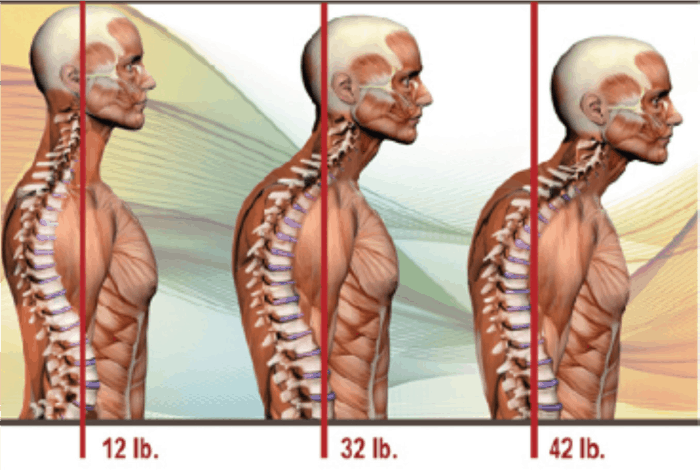
I also highly recommend checking out James Nestor’s book Breath. In this book, he expounds on the science and the cognitive and muscular benefits of breathing properly.
Breathing through the nose is FREE, so all youth athletes better be implementing daily for reduced injury and improved performance.
Here are some tips on how to start:
1. 1 minute “pause” daily.
Take time to lie down and focus on the breath, and keeping the breath slow. Put 1 minute on the clock, close the mouth, and inhale and exhale through the nose. Count how many breaths you get in the minute, and aim for 6 breaths or less.
Proper breathing should be slow and quiet.
Trust me, you will feel like you got the most refreshing nap after doing this for 1 minute.
2. Challenge yourself to nasal breathe during intense workout rest time
I understand the hunger for air during intense workouts, or perhaps after a full field sprint in a game. In these scenarios, the mouth may open up now and then.
But, really force yourself to come back to nasal breathing immediately after an intense bout to facilitate the recovery process and get as much oxygen back in as possible. When walking or jogging after a bolt of movement, come back to breath through the nose.
3. 10 minutes of nasal breathing before bed.
This will go a long way to get better quality sleep. While I’m all for reducing screen time and dimming the lights before bed, I believe proper breathing is the BEST way to ensure wholesome sleep.
4. Be mindful of breath daily.
Now, begin to implement in every facet of life, while doing homework, while listening to a friend speak, while going for a walk, even while strength training…mouth closed, breathe through the nose.
Full disclosure: I’ve been nasal breathing while writing this blog, and guess what? Wrote 800 words in less than 15 minutes.
The cognitive and muscular benefits are immense, so start now.
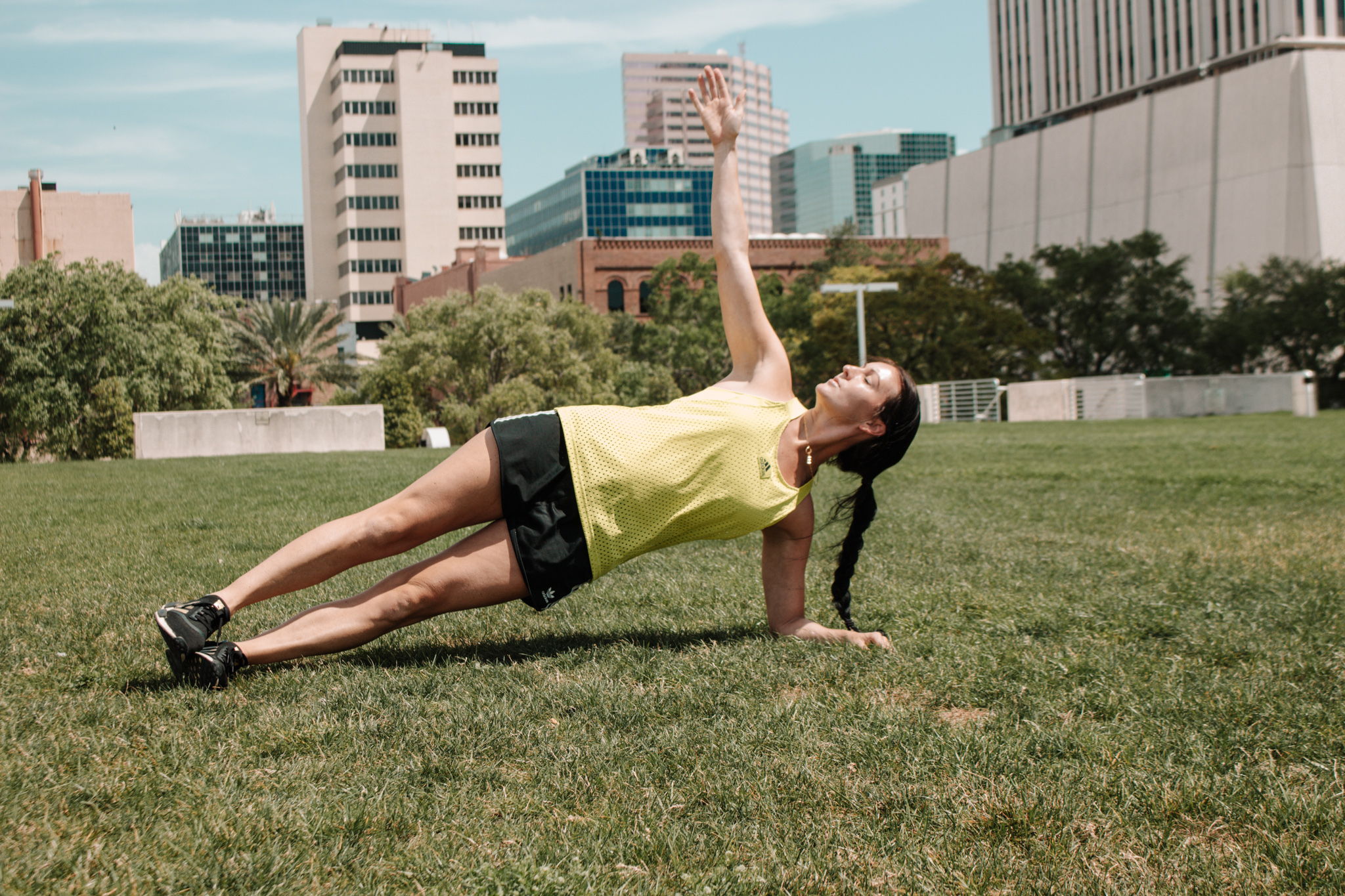
Get The Strong Female Athlete Book on sale from $99 to $67 HERE
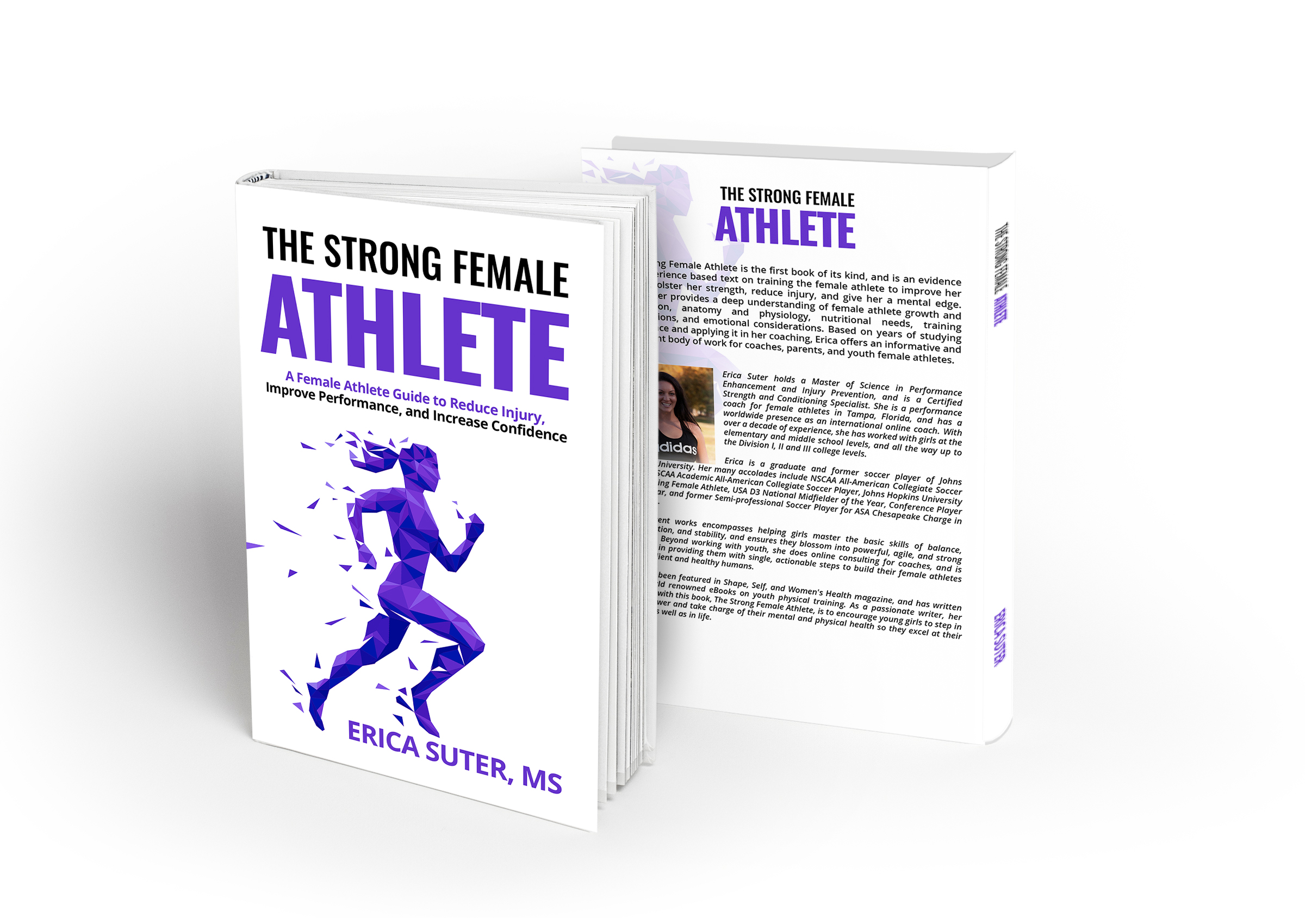
For a youth speed, strength, and agility eBook program, get TOTAL YOUTH SOCCER FITNESS 365 HERE
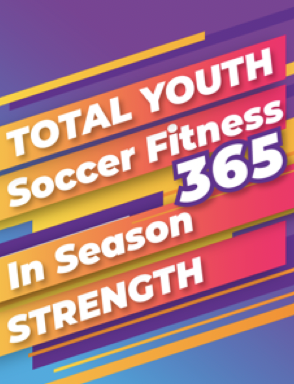
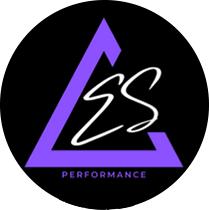

No Comments